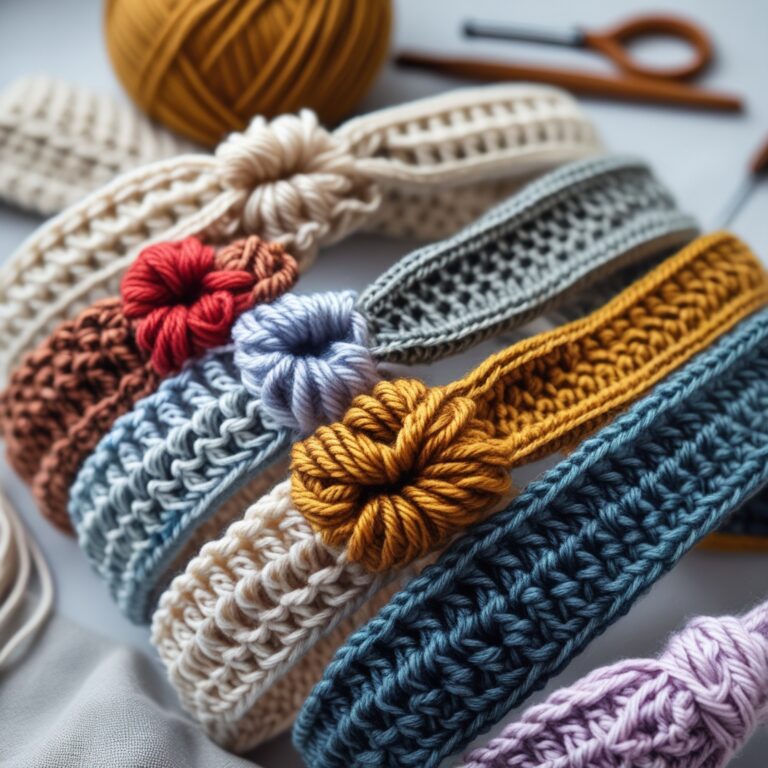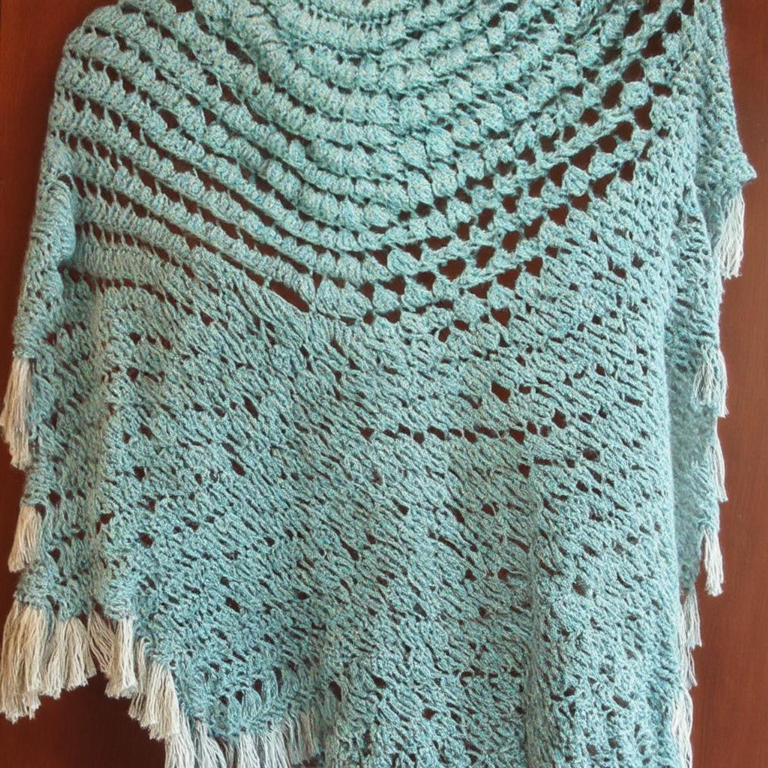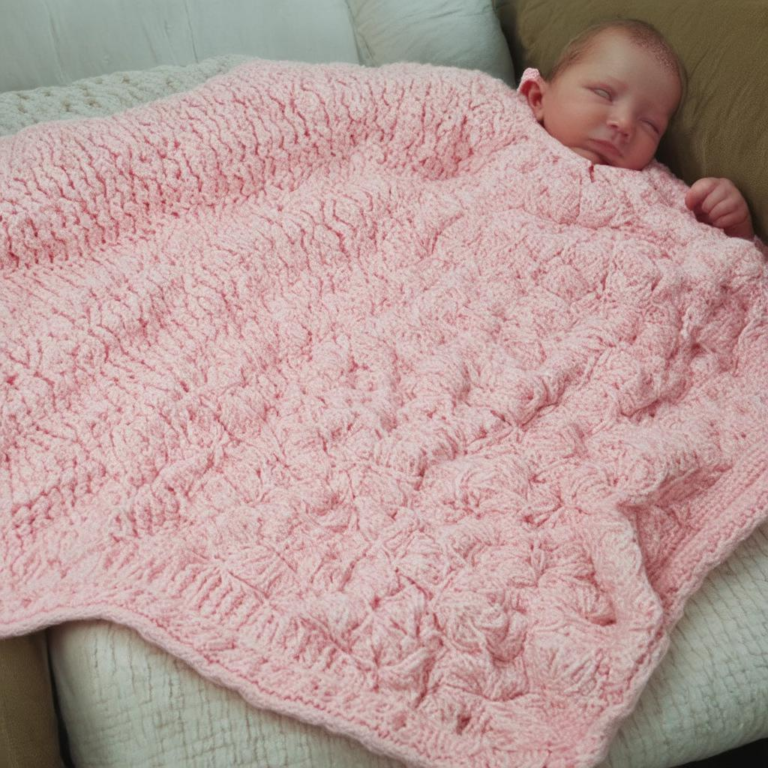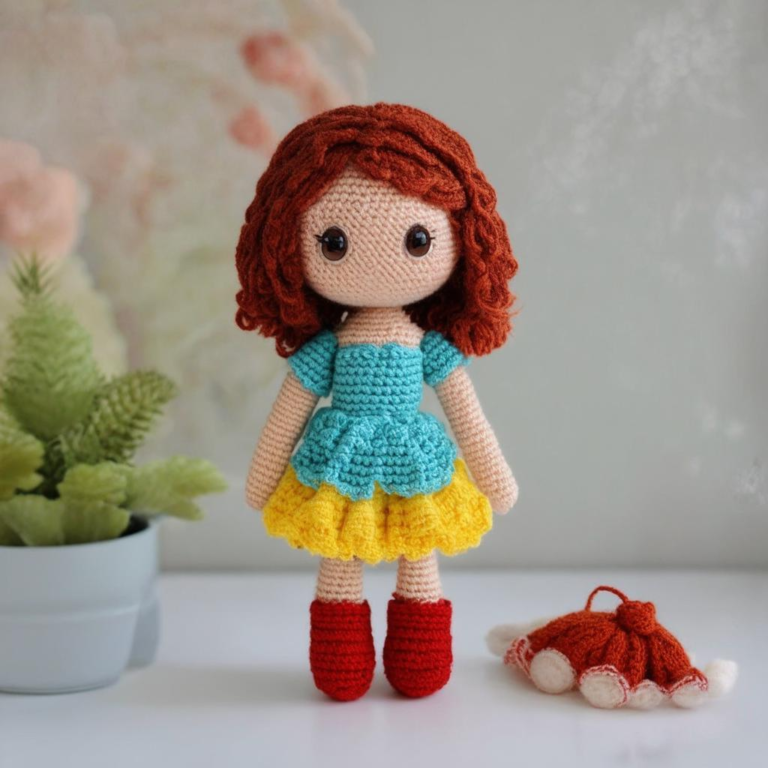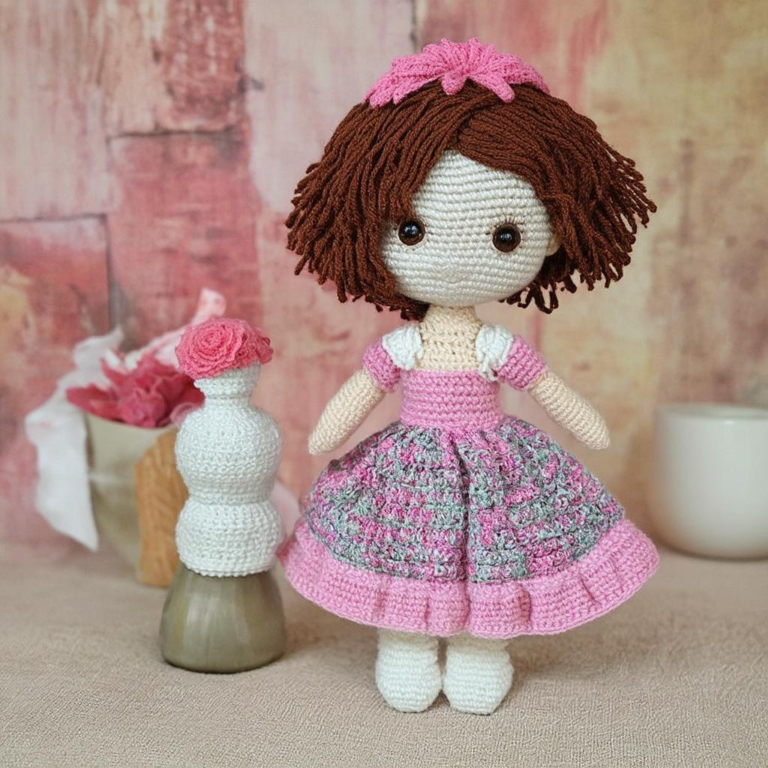[Check out the latest arrivals now!](https://www.amazon.com/s?k=different crochet stitches&s=date-desc-rank&tag=smartymode-20)
Crochet Stitches Compared: Find The Best Stitch For Your Project (+ Video Tutorials!)
Choosing the right crochet stitch for your project can feel like navigating a labyrinth. from the simplest chain to more complex textural patterns, the sheer variety can be both inspiring and overwhelming. This guide cuts through the confusion by comparing different crochet stitches,helping you select the perfect one for your next creation. Whether you’re a beginner learning the ropes or an experienced crocheter looking to expand your repertoire,this comprehensive guide will equip you with the knowledge to make informed decisions and elevate your crochet work. We’ll explore the basic stitches, discuss their individual characteristics, and provide video tutorials to visually support your learning journey.
[Explore Top Rated different crochet stitches on Amazon.]
Understanding the Essentials: Basic Crochet Stitches
Before diving into more intricate patterns, it’s crucial to master the core stitches. These fundamentals form the building blocks of nearly every crochet project. Knowing the characteristics of each stitch will guide your decisions when planning your projects.
The Chain Stitch (ch)
The chain stitch (ch) is arguably the most basic and foundational element in crochet. It’s used to form the beginning foundation and is included in many different patterns.
How It’s Made: The chain stitch involves creating a series of loops using the yarn and your crochet hook, linked together to form a chain. It does not create a fabric, rather it creates a foundation or a part of a lace.
Characteristics: It’s a lightweight, flexible stitch, with gaps between the loops.
Common Uses: Starting rows, creating button loops, and adding decorative elements like picots.
Video Tutorial: (Embed a basic chain stitch video tutorial here – Example: You could link to a reputable youtube video demonstrating the process of making a chain stitch.)
Single Crochet Stitch (sc)
The single crochet stitch (sc) is a compact, tight stitch perfect for creating sturdy fabric. It’s a staple in many crochet projects, especially for beginners due to its simplicity.
how It’s Made: Insert your hook into the stitch, pull up a loop, yarn over and draw through both loops on the hook.
Characteristics: Produces a dense fabric with minimal gaps. Creates a sturdy texture and is perfect for amigurumi, blankets, or projects needing defined edges. Common Uses: Amigurumi, blankets, dishcloths, and creating a foundation for other more complex stitch patterns. Creates well-defined edges and offers great stability.
Video Tutorial: (Embed a video tutorial showcasing the single crochet stitch.)
Half Double Crochet Stitch (hdc)
The half double crochet stitch (hdc) offers a nice middle ground between the single and the double crochet stitch, providing a fabric that is both reasonably tight and has some height.
How It’s Made: Yarn over, insert your hook into the stitch, pull up a loop, yarn over and draw through all three loops on the hook.
Characteristics: Creates a slightly taller stitch than single crochet and a more open fabric. It is softer and less dense.
Common Uses: Garments which require a little bit of drape, scarves that don’t feel too stiff, and general fabric where a balance between density and openness is desired.
Video Tutorial: (Insert a video tutorial for the half-double crochet stitch.)
Double Crochet Stitch (dc)
The double crochet stitch (dc) adds height and creates a fabric that is both airy and has movement. It’s another fundamental stitch used in countless crochet projects.
how It’s made: Yarn over,insert your hook into the stitch,pull up a loop,Yarn over and draw through two loops,yarn over and draw through the remaining two loops. Characteristics: Taller than previous stitches, creates a more open and drapey fabric. It’s quicker to create a more notable piece due to the height.
common Uses: Blankets, garments, and projects where drape and quicker progress are desired.Frequently enough used in lacy patterns due to the height it creates.
Video Tutorial: (Include a video tutorial teaching the double crochet stitch.)
Treble Crochet Stitch (tr)
The treble crochet stitch (tr), also sometimes known as the triple crochet, creates a very tall and open stitch, providing a greater sense of drape.
How it’s Made: Yarn over twice, insert your hook into the stitch, draw up a loop, yarn over draw through two loops, yarn over draw through two loops, yard over and draw through the final two loops.
Characteristics: the tallest of the basic stitches, creating a very open, lightweight and flowing fabric.
Common Uses: Laces, decorative elements, and elements in garments requiring significant drape. Can make long fringe very quickly.
Video Tutorial: (Include a video tutorial teaching the triple crochet stitch.)
Slip Stitch (sl st)
The slip stitch (sl st) is the smallest and least prominent stitch. it’s used to join elements together, move around a project without adding height, or create a neat edge.
How It’s Made: Insert your hook into the stitch, pull the loop through and then pull it through the loop on the hook.
Characteristics: Very short, tight, and almost invisible, does not add height or much texture.
Common Uses: Joining rows, closing rounds for circles, edging projects, and subtle decorative lines. Can be used for delicate embroidery effects.
Video tutorial: (Insert a video demonstrating the slip stitch.)
[Explore Top Rated different crochet stitches on Amazon.]
Beyond the basics: Exploring Advanced Crochet Stitches
Once you’ve mastered the foundational stitches, a world of textured and intricate patterns opens up. Adding these advanced stitches can transform a simple project into a unique work of art.
Bobble Stitch
The bobble stitch is a technique used to create a raised, rounded element to your fabric giving it textural depth. Bobbles are great to create dot or bubble effects.
How It’s Made: Creating multiple double crochet or half-double crochet stitches in the same location and then working them together in the final step.
characteristics: Gives the fabric a dimensional ‘bumpy’ effect making a strong statement.
Common Uses: Adding visual points of interest, creating decorative patterns, or as floral or textural elements in blankets, scarves.
Puff Stitch
the puff stitch is similar to a bobble stitch in its visual impact but is worked a little differently and provides a softer and less defined effect than the bobble.
How It’s Made: by creating multiple yarn overs into a single stitch and drawing them all through.
Characteristics: Gives a fluffy, rounded texture to the fabric, providing a softer and less defined ‘bump’ than a bobble.
Common Uses: Creating softer dimensional elements, flower details, or to give a gentle textured element to blankets, scarfs, and homewares.
Shell Stitch
the shell stitch is a decorative stitch pattern that creates fan-like shapes. It’s commonly used for edging or creating visually appealing patterns.
How It’s Made: Clusters of stitches, usually double crochets or trebles, are made together into the same stitch.
Characteristics: Creates an open, lacey effect with scalloped ridges, ideal for decorative edges.
Common Uses: Edging blankets, pillowcases, garments, and creating decorative borders in shawls and wraps. Can be used as a repetitive pattern for lace effects in open-work pieces.
Cluster Stitch
The cluster stitch is formed by working a part of a series of stitches together, and is similar to a bobble stitch, but with a more consistent top finish. It can give a very textured effect
How It’s made: Multiple partial stitches are worked into the same stitch, and then the loops are drawn through at the end.
Characteristics: Provides a dense texture to the fabric, with a raised texture similar to bobble stitches. Can be made in many of the basic stitches.
Common Uses: Texture in blankets, hats, scarves, or other items where a raised and textured effect is desirable. Great for creating patterns with dimension.
Crocodile Stitch
The crocodile stitch creates a visually stunning scaly texture, often used to evoke the look of reptile scales or petals.
how It’s Made: by creating rows of overlapping ‘scales’ which are made of double crochet stitches worked around a post.
Characteristics: Unique, raised scale-like texture, creating a very dimensional fabric.
Common Uses: creating the appearance of scales, petals , leaves or as a decorative edging. Used frequently on bags, blankets, and themed novelty items.
Cable Stitch
The cable stitch allows the creation of cables that mimic knit designs. It adds a layer of sophistication and depth to crochet projects.
How It’s Made creating posts by working stitches around earlier placed stitches or around a series of stitches.
Characteristics: Adds a raised, twisted ridge to the surface of the fabric. Gives a knitted-look and can be used to create visually stunning textures.
Common Uses: Hats, sweaters, blankets, and any other project where an intricate stitch and sophisticated raised texture is desired.
[Explore Top Rated different crochet stitches on Amazon.]
Choosing the Right Stitches: Project Considerations
Moving beyond simply understanding how each stitch is made, it’s crucial to consider when to use each stitch. this section will guide you through which stitches tend to be best for which projects due to their specific characteristics. Considering these factors will aid better project planning and successful outcomes.
For Blankets: Comfort and Texture
For blankets, comfort and durability are key. Consider the following:
Single Crochet: Provides a dense, warm fabric, suitable for very heavy blankets. Though, it can be time consuming to complete large projects given the stitch height.
Half Double crochet: A balanced option offering good drape and warmth, ideal for everyday blankets.
Double Crochet: Quickly grows in size for quicker finished blankets. Good for warmer conditions being more breathable. Cluster Stitch or textured stitches: Used for portions of blankets,offer warmth and visual interest
shell Stitch: Great for adding a decorative border or creating a beautiful,textured edge.
For Garments: Drape and Flexibility
garments require stitches that provide drape and flexibility:
Half Double Crochet: A versatile stitch that produces fabric with good drape and isn’t too dense.
Double Crochet: Makes lightweight and flowing fabric, ideal for summer garments. Can however become quite loose and baggy, if used in very open garments
Treble Crochet: Provides maximum drape and is excellent for flowing scarves, wraps, or large shawls. Cable Stitch Gives a sophisticated element to sweaters and jumpers and can add texture and visual interest.
specialty stitches such as openwork and variations on basic stitches Can create flow, interesting shapes and garment specific areas such as sleeves and necklines.
For Amigurumi: Tight Stitches and Firm Shaping
Amigurumi requires stitches that create tight and stable forms:
Single Crochet: The go-to stitch for amigurumi, creating a dense fabric that holds its shape firmly.
Slip Stitch: Useful for creating clean joins and finishing off pieces.
Textured Stitches (such as bobbles or puffs) used in very small amounts, can add to the design details of Amigurumi and create 3-D elements such as eyes or ears.
For Accessories and Home Decor: Visual Appeal and Texture
accessories and home decor pieces benefit from visually interesting stitches:
Shell Stitch: Ideal for adding decorative borders to pillowcases and decorative mats.
Bobble and puff Stitches: Make great additions to blankets,cushions or can be used to detail homewares such as placemats.
Crocodile Stitch: Can be used in an edging as a statement element,or to create a unique basket or bag. Cable Stitch: Great for decorative details such as cup cozies, trivets, and items designed to evoke a country or handmade look. Openwork Stitches and variations Used to create a vintage or lace effect for various items.
[Explore Top Rated different crochet stitches on Amazon.]
Optimizing Your crochet Projects: Additional Tips
Choosing the right stitch is only part of the equation. Here are some tips on how to optimize your project:
Tension Control: Maintain consistent tension to ensure even stitches and avoid fabric that is too loose or too tight. Consistent tension can be a skill that is developed over time with practice.
Hook Size: Always pay careful attention to the recommended hook size stated on any yarn labels. Following this guideline will reduce the risk of an unsuitable tension.
Yarn Choice: Select yarn that complements your chosen stitch and project goals. For example, soft merino wool drapes well making it ideal for clothing. Whereas cotton is a very durable choice for homeware items as it takes a great deal of washing and wear. gauge Swatches: It’s good practice to complete a gauge swatch of the project to help determine overall size,especially if following a pattern.
[Explore Top Rated different crochet stitches on Amazon.]
Conclusion
Selecting the right crochet stitch is fundamental to achieving the best results in your crochet projects. Starting with a firm understanding of basic crochet stitches like the chain stitch,single crochet,half double crochet crochet and double crochet provides the foundational knowledge to attempt,and succeed in,a far greater range of projects.Mastery of the basic stitches allows you to confidently take the first steps, and from there to explore the diverse spectrum of possibilities offered by more advanced and experimental stitches such as the bobble, shell, cluster, crocodile and cable stitch. This variety when skillfully applied provides an incredibly broad array of options,textures and designs for whatever your crochet undertaking. By considering the properties of each stitch, how they can be applied to different projects and the use of video tutorials to further enhance your learning, you can confidently navigate this exciting world of crochet and create unique and beautiful pieces that are not only beautifully crafted but perfectly tailored to their designated use.With this knowledge, you’re no longer limited by stitch selection, but empowered to tailor your choices to your individual needs—from creating a sturdy amigurumi toy to making flowing garments or warm blankets. Happy crocheting!
[Shop budget-amiable options now!](https://www.amazon.com/s?k=different crochet stitches&s=price-asc-rank&tag=smartymode-20)

